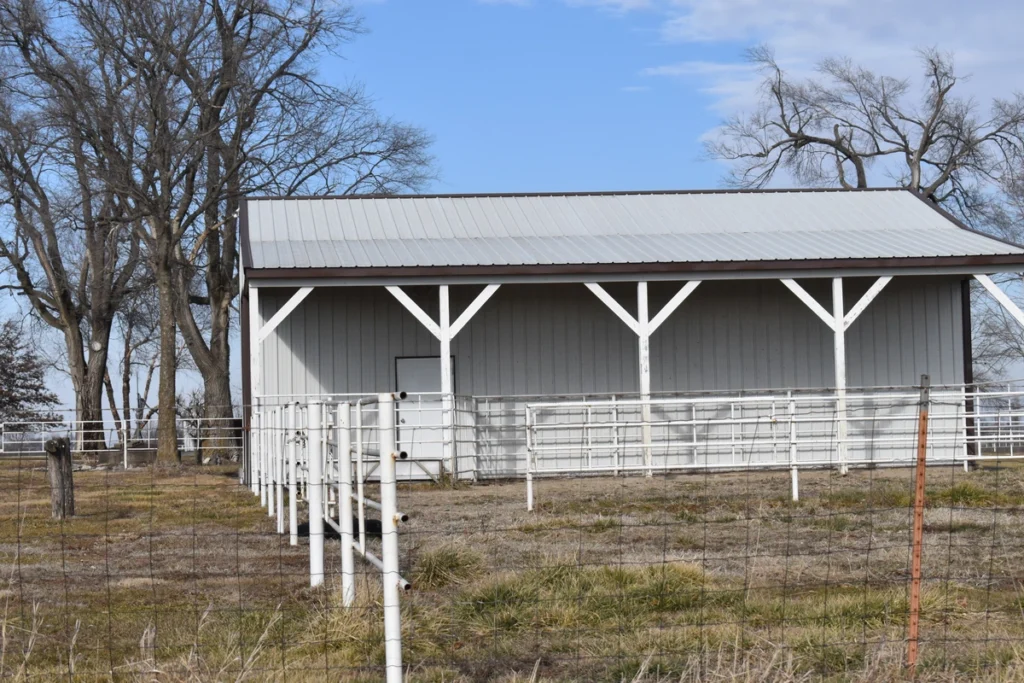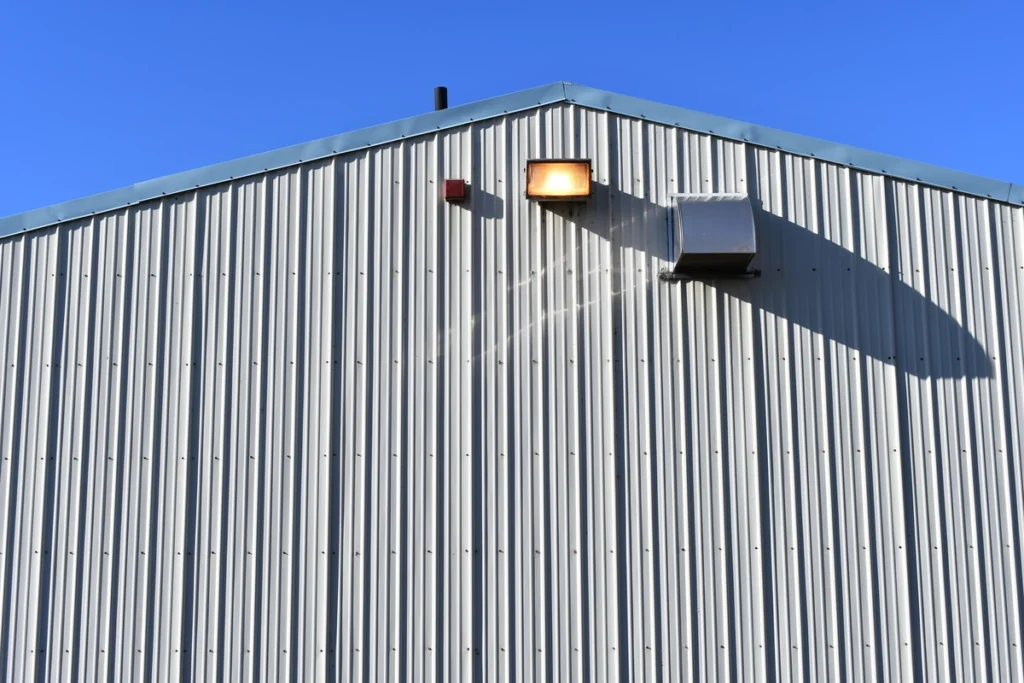How A Pole Barn Is Built & What It Costs In Terms Of Roofing
Posted: May 7, 2024
Pole barns, also known as post-frame buildings, are versatile and cost-effective structures commonly used for agricultural, commercial, and residential purposes. Their popularity stems from their simplicity, durability, and affordability. This article will walk you through the step-by-step process of building a pole barn and provide a detailed breakdown of the costs involved, focusing particularly on roofing, including:
- What is a pole barn?
- 7 step construction process
- Roofing costs
- Detailed roofing cost breakdown
- Cost-saving tips
🤔 What Is a Pole Barn?

A pole barn is a type of post-frame construction that uses large poles or posts as the primary support structure. These posts are embedded in the ground and spaced evenly apart, providing the necessary framework for the building. The space between the poles is often left open or filled with various types of siding materials, while the roof is supported by trusses attached to the posts.
Advantages of Pole Barns
- Cost-Effective: Pole barns are typically cheaper to build than traditional buildings due to the reduced need for a continuous foundation.
- Quick Construction: The simplicity of the design allows for faster construction times.
- Versatility: They can be customized for various uses, such as storage, workshops, garages, and even residential homes.
- Durability: With proper maintenance, pole buildings can last for decades, withstanding harsh weather conditions.
👉 7 Step Construction Process
Building a robust and efficient structure requires a systematic approach to ensure quality and durability. Our 7-Step Construction Process at Shingle And Metal Roofs encompasses every crucial phase of construction, from initial planning to final inspection, providing you with a comprehensive guide to achieving a successful build. Let’s delve into each step for a clearer understanding of what to expect.
1. Planning and Design
Before breaking ground, thorough planning and design are crucial. This includes determining the purpose of the building, selecting the site, and finalizing the design. Considerations during this phase include:
- Building Dimensions: Size of the barn based on its intended use.
- Site Selection: Location, soil type, and drainage.
- Permits and Regulations: Ensure compliance with local building codes and obtain necessary permits. Section 328 of the 2019 Residential code of Ohio has information regarding post frame accessory buildings (Pole Barn).
2. Site Preparation
Once the design is finalized, the site must be prepared:
- Clearing the Land: Remove any vegetation, rocks, or debris.
- Leveling the Ground: Ensure the site is level to provide a stable foundation.
3. Setting the Posts
The posts are the cornerstone of a pole barn’s structure. Here’s how to set them correctly:
- Marking the Layout: Outline the building’s perimeter and mark the locations for the posts.
- Digging Holes: Dig holes at the marked locations, typically 3-4 feet deep, depending on local frost lines and soil conditions.
- Setting Posts: Place the posts in the holes, ensuring they are plumb and level. Secure them with concrete to provide stability.
4. Installing the Girts and Purlins
Girts and purlins are horizontal framing members that provide additional support and structure:
- Girts: Attach girts horizontally between the posts at various heights to support the walls.
- Purlins: Install purlins horizontally across the roof trusses to support the roofing material.
5. Roofing
The roofing process involves several steps to ensure a durable and weather-resistant roof:
- Installing Trusses: Trusses are pre-fabricated triangular units that support the roof. Secure them to the posts and girts at regular intervals.
- Adding Roof Purlins: Attach roof purlins horizontally across the trusses.
- Roofing Material: Install the chosen roofing material, such as metal panels, shingles, or tiles.
6. Siding and Doors

With the primary structure in place, it’s time to add siding and doors:
- Siding: Attach the chosen siding material to the girts, providing exterior walls.
- Doors and Windows: Install doors and windows as per the design.
7. Finishing Touches
Complete the barn with finishing touches:
- Insulation: Add insulation if the barn will be used for temperature-sensitive purposes.
- Electrical and Plumbing: Install electrical and plumbing systems as needed.
- Interior Finishing: Finish the interior based on the barn’s intended use.
💵 Roofing Costs
The cost of roofing for a pole barn can vary significantly based on several factors, including the size of the barn, the type of roofing material, and labor costs. Here’s a detailed breakdown:
Factors Influencing Roofing Costs
- Size of the Barn: Larger barns require more roofing material and labor, increasing the overall cost.
- Type of Roofing Material: Different materials come with varying costs. Common options include:
- Metal Roofing: Durable and low-maintenance but can be more expensive.
- Asphalt Shingles: Cost-effective but may require more maintenance.
- Clay or Concrete Tiles: High-end option with excellent durability but higher cost.
- Labor Costs: Labor rates vary by region and the complexity of the roofing job.
- Additional Features: Skylights, ventilation systems, and insulation can add to the overall cost.
Average Cost Estimates
Here are some average cost estimates for roofing a pole barn, based on common materials and a typical barn size of 30×40 feet:
- Metal Roofing: $7,200 – $12,000
- Material Cost: $5,400 – $9,000
- Labor Cost: $1,800 – $3,000
- Asphalt Shingles: $4,800 – $7,200
- Material Cost: $3,600 – $5,400
- Labor Cost: $1,200 – $1,800
- Clay or Concrete Tiles: $12,000 – $18,000
- Material Cost: $9,000 – $13,500
- Labor Cost: $3,000 – $4,500
💰 Detailed Roofing Cost Breakdown
Metal Roofing
- Material Costs: Metal roofing materials, such as steel or aluminum panels, generally cost between $1.80 and $3.00 per square foot. For a 30×40 feet barn (1,200 square feet), the material cost would range from $2,160 to $3,600. Additional costs for screws, fasteners, and ridge caps can add another $500 to $1,000.
- Labor Costs: Professional installation typically ranges from $1.50 to $2.50 per square foot. For a 1,200 square foot roof, labor costs would be between $1,800 and $3,000.
- Total Cost: Combining material and labor costs, metal roofing for a 30×40 feet pole barn would range from $4,460 to $7,600.
Asphalt Shingles
- Material Costs: Asphalt shingles are more affordable, costing between $1.00 and $1.50 per square foot. For a 1,200 square foot roof, this totals $1,200 to $1,800. Additional materials like underlayment, nails, and adhesive can add $400 to $600.
- Labor Costs: Installation costs range from $1.00 to $1.50 per square foot, resulting in labor costs of $1,200 to $1,800 for a 1,200 square foot roof.
- Total Cost: The total cost for asphalt shingle roofing would be between $2,800 and $4,200.
Clay or Concrete Tiles
- Material Costs: These high-end materials can cost between $6.00 and $10.00 per square foot. For a 1,200 square foot roof, the material cost would be $7,200 to $12,000. Additional costs for underlayment, nails, and other supplies can add $800 to $1,200.
- Labor Costs: Installation is more labor-intensive and costs between $2.50 and $3.75 per square foot. For a 1,200 square foot roof, this means labor costs of $3,000 to $4,500.
- Total Cost: The total cost for clay or concrete tile roofing would range from $11,000 to $16,500.
💡 Cost-Saving Tips
- DIY Installation: If you have the skills and experience, installing the roof yourself can save significantly on labor costs.
- Bulk Purchasing: Buying materials in bulk or during sales can reduce material costs.
- Simpler Design: A simpler roof design with fewer complexities can lower both material and labor costs.
- Local Contractors: Hiring local contractors can reduce travel and transport expenses.
🙌 Ensuring Durable and Cost-Effective Roofing Solutions for Your Pole Barn with Shingle And Metal Roofs
Building a post frame building is a practical and economical solution for various needs, from agricultural storage to residential living. At Shingle And Metal Roofs, we understand the construction process and the associated costs, especially for roofing, allowing us to help you plan and budget effectively. With a wide range of roofing materials available, we can guide you in choosing the one that best fits your needs and budget, ensuring your pole barn is both functional and durable.
Our experienced team takes into account factors such as the size of the barn, type of roofing material, and labor costs to give you a clear picture of the overall investment required. Whether you prefer the durability of metal roofing, the affordability of asphalt shingles, or the high-end appeal of clay tiles, our expertly constructed roofs will protect your post frame building for years to come.
Trust Shingle And Metal Roofs for all your roofing needs. Contact us today to get started on your project and ensure your pole barn is built to last!
